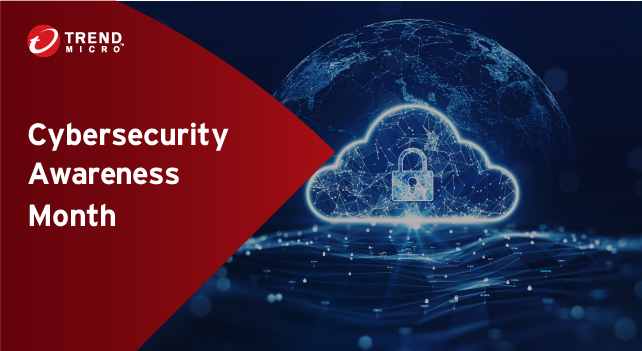- Meet the secret weapon that declutters my desk and cools my laptop in one go
- Quantum computing gets an error-correction boost from AI innovation
- Don't sleep on this TCL TV in 2025: This new Mini LED model gives OLED a close fight
- I wore Whoop's latest health tracker - it gave me the best of Oura Ring, Apple Watch, and more
- CDO and CAIO roles might have a built-in expiration date
Top Cloud Security Challenges & How to Beat Them

An overview of how ngrok, a cloud tunnelling service, works.
What’s at risk
With access to a developer’s machine, cybercriminals can take advantage of local admin privileges or the shared work-in-progress to seed malware. They can also use hijacked credentials to get into the organization’s cloud dev environment or other systems, potentially accessing sensitive information or injecting vulnerabilities into application source code and pipelines. These kinds of breaches are hard to detect because the associated network activity appears legitimate based on the developer’s privileges and identity.
What enterprises can do
As much as possible, organizations should configure security systems to filter outbound connections just as they do inbound ones. Since people will likely seek workarounds if barred completely from using cloud tunnels, it’s also important to set clear policies that identify what the organization considers to be necessary cloud tunneling use cases. And instead of multiple ad hoc cloud tunnels, enterprises should authorize just one, restricted to within the organization and not open to the internet.
Cloud security challenge 3: Misconfiguration exploitation
Software misconfigurations have been found to account for 65 to 70% of all cloud security challenges, with a cost to companies of nearly USD $5 trillion. A Red Hat survey noted 53% of respondents had detected a misconfiguration in their container and/or Kubernetes deployments. Part of the reason these vulnerabilities are so common is that the virtualization and cloudification of IT infrastructure has blurred traditional lines of responsibility between developers and infrastructure or security teams.
What’s at risk
Misconfigurations can take many forms, from erroneously making storage ‘world-readable’ and exposing sensitive information to improperly implementing security controls. This opens up enterprises to a wide range of potential threats: malware, data theft, hijacked repositories, arbitrary workloads (including cryptocurrency mining), and more.
What enterprises can do
Adopting good cloud security posture management (CSPM) practices is key. Doing so helps establish clear domains of responsibility, allowing security teams to set policy, and requiring application and infrastructure developers to ensure their work conforms. CSPM software tools give enterprise security teams the visibility to check and monitor cloud resources proactively for misconfigurations—catching them early and correcting them before vulnerabilities can be exploited.
A unified approach to tackling cloud security challenges
Questions of “who’s responsible?” don’t relate only to teams within the enterprise. Public cloud services require careful delineation of roles between the enterprise and cloud providers to ensure end-to-end security. In the shared responsibility model, cloud providers are responsible for the security of their infrastructure, APIs and data storage and handling in the cloud. It’s up to the enterprise to use those cloud services securely, involving multiple layers of internal roles and functions: security, cloud operations, DevOps and the like.

